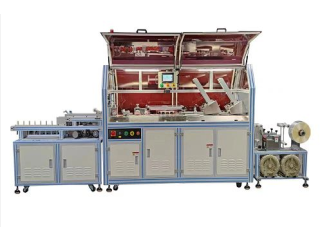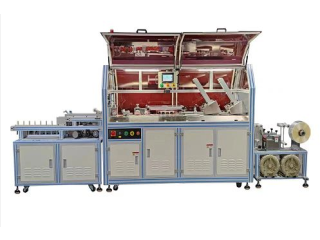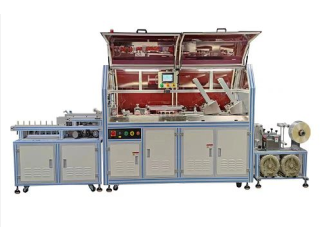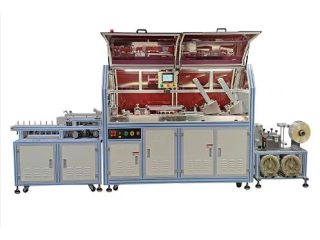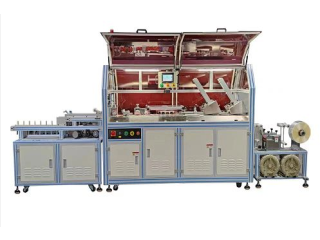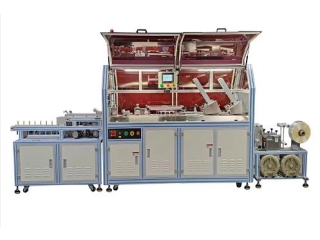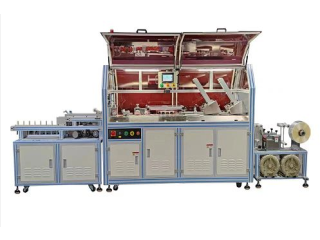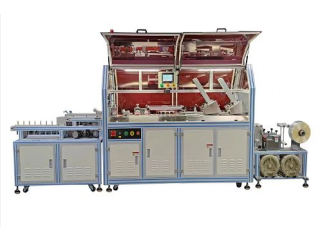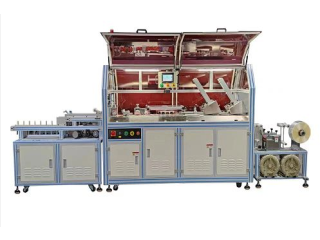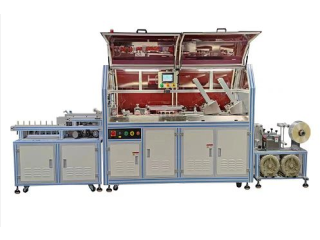How Do Touch Screens Work on Laptops and Tablets?
Jul 5th, 2022 at 07:55 Automobiles Battagram 152 viewsHow Do Touch Screens Work on Laptops and Tablets?
Tapping into touch screens
Most of us are pretty familiar with touch screens. We use this technology daily with our phones, computers, at the ATM, or at the grocery store checkout. Even restaurants have implemented touch display ordering and payment right at the table. Even though we’re constantly tapping and swiping our screens all day long, few of us can actually answer the question: how do touch screens work?
We’re here to help uncover the mystery behind these interactive screens. Together, we can finally dispel the rumor that touch screens are operated by miniature robot elves completing your pointer finger’s many commands. Let’s discuss the most common touch screen technologies, how you can differentiate them, how they work, and how these technologies have impacted our daily lives.
Capacitive vs resistive touch screens
With the first touch screen debuting in 1965, we’ve seen incredible advancements in touch screen technology and computing technology in general. If we told E.A. Johnson that over 2 billion people currently carry touch screens in their pockets every day, he probably wouldn’t have believed us. But that same technology he developed for the Royal Radar Establishment helped shape the future of the modern touch screen technology that we use daily [1].
There are many iterations of touch screen technology including infrared and surface acoustic wave (SAW), but there are two that most of us are familiar with. The most common smart touch board screens we interact with today are capacitive and resistive touch screens. Let’s get to know how these technologies work, and where you’ll see each.
Capacitive touch screens
Capacitive touch screen technology is the style we interact with most. This is the kind of display we see in our smartphones, laptops, and tablet screens, and digital signage.
Capacitive screens are made up of multiple layers of glass and plastic, coated with a conductor material like indium tin oxide or copper. This conductive material responds when contacted by another electrical conductor, like your bare finger. When you touch your screen, an electric circuit is completed at the point where your finger makes contact, changing the electrical charge at this location. Your device registers this information as a “touch event.”
Once a touch event has been registered, the screen’s receptors signal this event to the operating system, prompting a response from your device. This is the application’s interface that you experience.
Capacitive touch screens generally have a brighter, clearer appearance and are much more sensitive than resistive touch smart board screens. We tend to see capacitive touch screens in more modern technologies like smartphones and tablets. They give us the ability to experience high-quality imagery that imitates reality.


